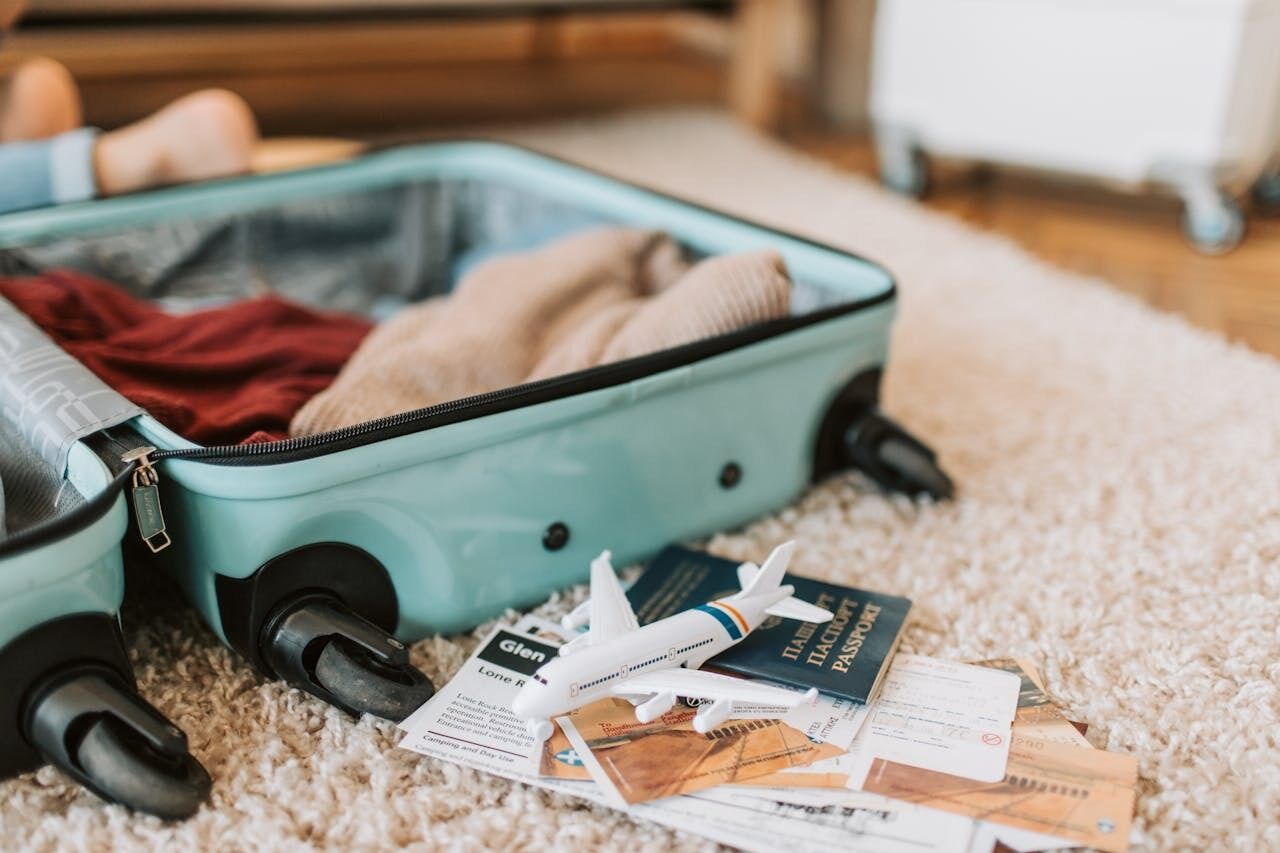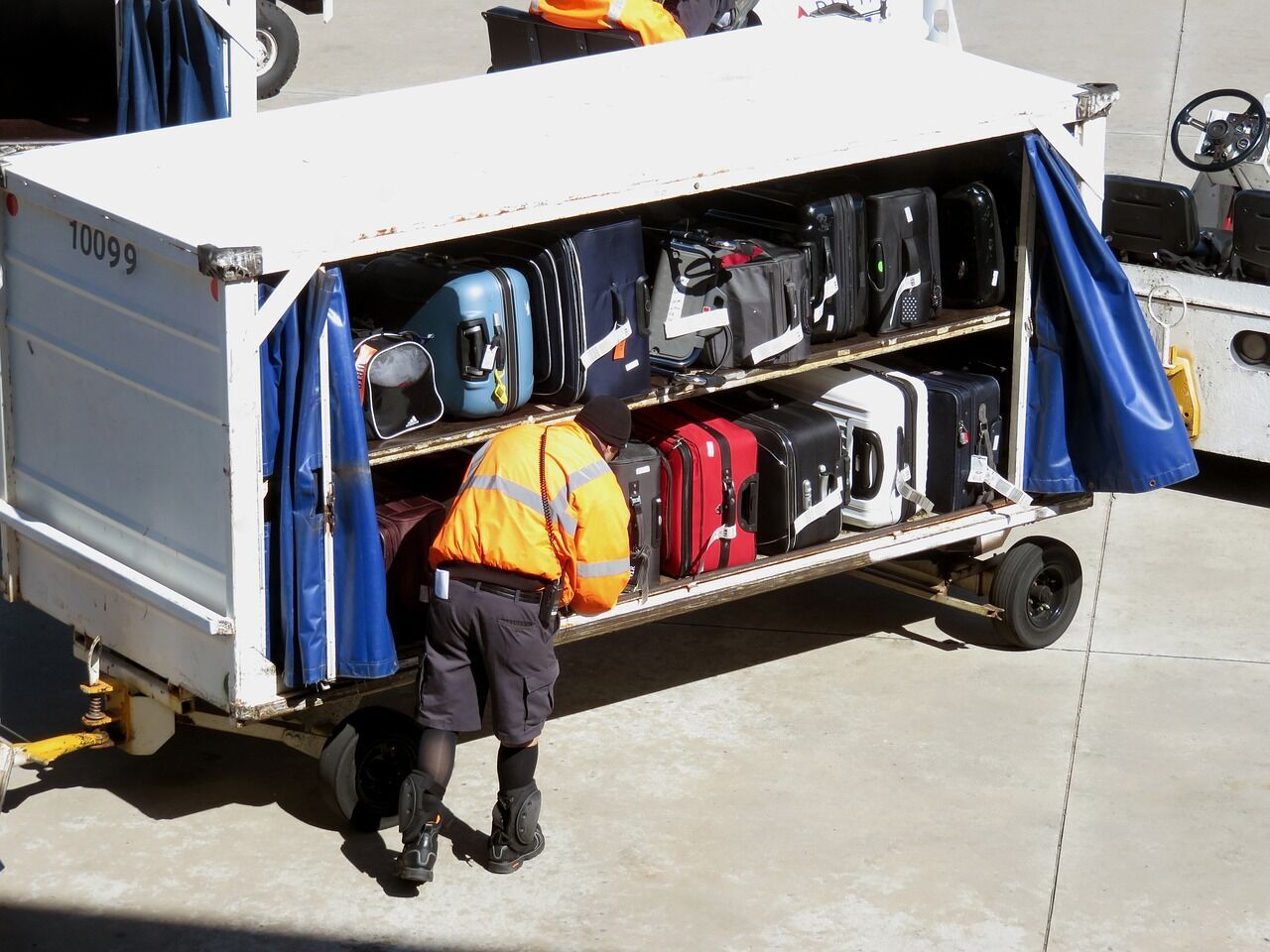What things you can't carry in your hand luggage: why liquids are restricted, are lighter refills and toy guns dangerous?

While some travelers take hand luggage in addition to the main luggage, some prefer to do with the latter option only, not wishing to load themselves with anything other than the most necessary things on a trip. But before you zip up your bag, it is worth checking that you have not put things in it that cannot be taken as hand luggage.
Following safety and other air travel regulations, there are a number of items that are not allowed in hand luggage. Otherwise, passengers may have problems with security when passing through security lines at the airport.
In this guide, you will find answers to the questions of what items are not allowed in your hand luggage and what items you should avoid when traveling by air.
What is not allowed in my hand luggage?

Some of the restrictions seem legitimate. Obviously, you cannot carry firearms and other weapons in your hand luggage. But there are some items on the list of prohibited items that may surprise you because at first glance they don't look dangerous. Here are the main categories of things that a passenger should check before packing a bag.
Liquids
When it comes to what you can take in your carry-on baggage, liquids are one of the first categories a passenger should look at. Many assume that ordinary things like bottles of carbonated drinks or body lotion can be safely put in their carry-on luggage. There are strict restrictions that govern the ability to take them into the cabin of an airplane.
According to Transportation Security Administration (TSA) rules, a passenger can take liquids on board in carry-on luggage, but in very small quantities. These can be containers of 3.4 ounces (100 ml) maximum. This restriction on liquids refers to the attempted terrorist attack in the UK in 2006 when a group of people tried to sneak liquid explosives onto an airplane.
So if the question of what you can take of liquids in your hand luggage is particularly relevant to you, favor small or travel-size containers for items such as cosmetics, or simply transfer liquids to checked luggage, for which the volume limit is not so small.
Sharp objects, blades, and the like
This is another category of items banned for obvious reasons. Virtually all sharp objects you can think of are among the things that are prohibited in carry-on luggage. These include knives, swords, machetes, saws, and small items such as. scissors measuring 4 inches or more.
Also, razor blades will be removed from your carry-on luggage during the search, but you can bring safety or disposable razors. Plastic knives and table objects are also allowed if you intend to use them to eat on the airplane.
Weapons and ammunition
It seems obvious that guns are not allowed in carry-on luggage on an airplane, but nevertheless, TSA agents regularly find them or ammunition during screening. This is a problem faced by airport security agencies around the world.
To make a final point, it is worth noting that you cannot take any weapons in your carry-on luggage: any firearms, ammunition, air and paintball guns, or replica guns. Moreover, even toy children's guns are prohibited.
However, in some countries and some states of the United States, it is allowed to carry weapons in checked luggage. Naturally, it must be legal and have all the necessary documents. But in this case, the passenger should check the laws regarding the carriage of weapons at the destination as well.
Other weapons
Having dealt with knives and firearms, it is worth paying attention to other items that are also weapons. These are various batons, brass knuckles, as well as means for self-defense: pepper spray, tear gas sprays, etc. All of these are prohibited to carry in hand luggage.
Agricultural goods
Here we come to a category that can be confusing to passengers. Many are unaware that TSA regulations prohibit you from carrying vegetables, fruits, meat, and more in your carry-on baggage on an airplane.
This doesn't mean that you can't bring food in your carry-on baggage to snack on during the flight. But there are strict rules to adhere to. For example, on U.S. domestic flights in the continental U.S., you can take fruits and vegetables, but in solid form (i.e., not in liquid or gel form). The U.S. generally prohibits fresh produce, even when it comes to a flight from Hawaii to the mainland. Other countries and parts of the world have similar safety rules for carry-on luggage, which you should research before traveling if you need to bring meat, vegetables, or fruit.
The reason for these restrictions is that pests and diseases can spread in food, so if a certain pest or disease is transferred to another country, it can cause serious damage to the agricultural industry.
Flammable and explosive items and substances
Although this point may seem self-explanatory, still many people make the mistake of bringing certain items in their hand luggage to the airport without knowing that they are flammable or explosive and therefore prohibited. This can be explained by the fact that some examples of things in this category are also not that obvious at first glance. For example, while dynamite, gunpowder, hand grenades, or plastic explosives are clear and obvious – they are strictly forbidden to carry on an airplane - items such as fuses, lighter refills, or matches are often not perceived as dangerous by passengers.
Fireworks, detonator caps, and other explosive devices are also not allowed in carry-on luggage.
Sporting goods

This category covers a very wide and varied assortment of items related to sports and outdoor equipment. And a lot of them fall under the list of prohibited items. For example, baseball bats, hockey or golf clubs, ski and hiking poles, bowling pins, roller skates, windsurfing boards, darts, canoes, paddles, javelins, and so on.
If we talk about outdoor equipment used for hiking and tourism, such as fuel containers and camp stoves, the rules do not allow the possibility of carrying them in hand luggage, including them in the list of flammable and explosive substances.
Frequently asked questions
What can I carry in my hand luggage?
Each airline has its own set of rules that regulate the size and filling of hand luggage and checked baggage. These rules may vary from airline to airline. But in most cases, there are many things that you can safely take in your hand luggage: snacks, small bottles of liquid, books, portable gaming devices, papers, phones, etc.
What is not allowed in checked baggage on international flights?
The rules vary from country to country and region to region, so passengers should familiarize themselves not only with the restrictions in place of departure but also in the place you are going to fly to. The list of prohibited items is long, but the main ones naturally include weapons, explosives, and the like.
Can I take hand sanitizer in my carry-on baggage?
Yes, most airlines allow hand sanitizer in carry-on luggage if it is in a small container or bottle up to 12 ounces.



















